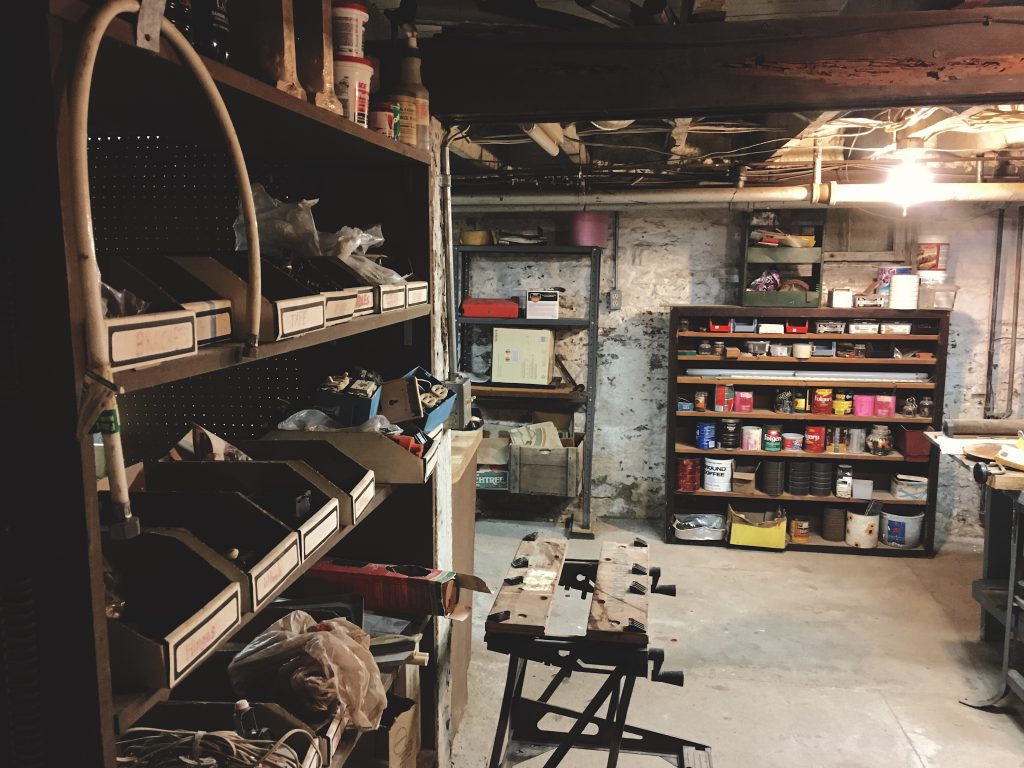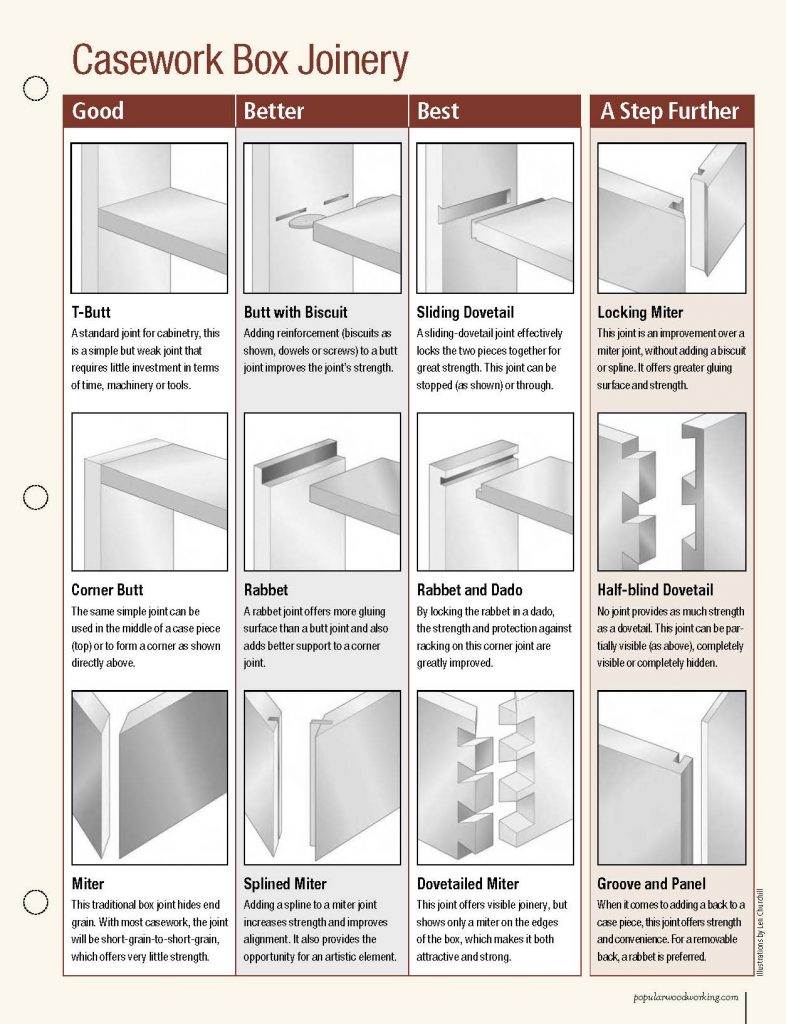We may receive a commission when you use our affiliate links. However, this does not impact our recommendations.
 I had to duck under a retired diving flag that indicated a low beam under the oldest part of what is now our 140-year-old farmhouse, as I followed the seller during a walk-through. Lit by a couple of buzzing fluorescent fixtures, he showed me the remains of his workshop that he had mostly given away in preparing the house for sale. What was left was a wall of fasteners – old coffee cans of nails and screws that clearly had a storied past. It appeared that many were original to the house, their gorgeous patina and form made that obvious, and some were purchased new for everyday tasks. I quickly told him that I was OK with inheriting this trove.
I had to duck under a retired diving flag that indicated a low beam under the oldest part of what is now our 140-year-old farmhouse, as I followed the seller during a walk-through. Lit by a couple of buzzing fluorescent fixtures, he showed me the remains of his workshop that he had mostly given away in preparing the house for sale. What was left was a wall of fasteners – old coffee cans of nails and screws that clearly had a storied past. It appeared that many were original to the house, their gorgeous patina and form made that obvious, and some were purchased new for everyday tasks. I quickly told him that I was OK with inheriting this trove.
I must admit, my background in manufacturing and DIY never left me wondering if there were ways of making two pieces of wood stick together without a fastener of some sort. A 5-pound bucket of drywall screws would have been all I needed for a lifetime of “woodworking.” Little did I know there was a world of joinery patiently waiting for me to put down the impact driver and pick up the marking gauge.
Below is a fun chart I discovered in one of my recent treks through our back-issues for another project. It gives a clear illustration of various types of casework joinery and a short explanation of the benefits of each joint. A graphic like this illuminates the many possibilities that we run through in our mind – perhaps it is not necessary for you – but I make better decisions when I see all of the options before me. Here is a free PDF download of the graphic. Print it out and keep it in the shop somewhere!
If this type of graphic is helpful for you, consider picking up a copy of Woodworking Essentials. It covers many timeless techniques that every woodworker should know.
Here are some supplies and tools we find essential in our everyday work around the shop. We may receive a commission from sales referred by our links; however, we have carefully selected these products for their usefulness and quality.










Handy, but ….
The chart skips a plain dado joint, a stopped dado joint, and (particularly for box construction) the box joint. And of course there are others, but these are so basic it’s hard to justify skipping them imho.